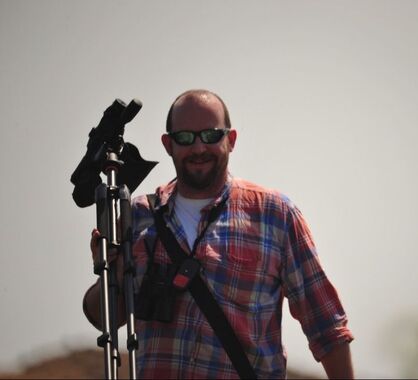 Prof. Richard Grenyer Prof. Richard Grenyer It was a real privilege to come to the second ICCB, two years after I gave a keynote at the inaugural conference down in Sde Boker. The intent of the conferences, it seems to me, is to help continue to establish conservation science (and I hope, too, conservation social science) as a mainstream component of research and teaching in Israel’s university system. The conferences also aim to foster an inclusive environment at which the work of practitioners and scientists in the SPNI, INPA, and elsewhere - and of early career researchers in universities of course - is as welcome and as valued as the latest research from the top professors. Both these aims seems to be becoming realised fast. To me, one of the real strengths of organismal biology courses in Israel is the continued focus on field observations: it’s at so much risk in many courses worldwide. And one of the things I saw very clearly at the second conference at the Technion in Haifa was that same field expertise being further developed through into research outside the universities, by graduates in the various branches of government and the NGOs, and quite a few collaborations that reached across the research-action gap to do meaningful conservation work. I also saw lots of great talks by young academics just getting started, and who were getting stuck in to these incredibly difficult problems - successful conservation interventions in tiny communities where rare hyaenas were killing pets, conservation planning to the meter scale, the sudden discovery of a deep water reef community just off Tel Aviv. It made me very hopeful for the future. What would I have loved to see more of? Conservation - and conservationists - across borders. I know how hard that is right now, but meaningful conservation must follow the distributions of life on Earth as much as it can. At the inaugural conference there were two Palestinian participants, and I believe one Jordanian. This time there were none. There’s a real danger in turning inwards - we see it trivially but instructively in the UK where we spend a fortune on conserving ospreys and barn owls, to the detriment of many other species of concern, knowing that both birds matter locally but also that both have global ranges covering entire hemispheres and are not really in much trouble. So: species and habitats that are relatively common is Israel may be rare or threatened in regions beyond the border fences, and the reverse may also be true. And of course many migrating birds, drifting plant seeds and slowly-warming corals will ignore those same borders anyway. So for the third conference, I’d love to see a session, ideally with talks from conservationists in neighbouring countries, that celebrates the successes and recognises the copious challenges of conservation in and across the geopolitics of the region. Tough, I know - but if such a session proves temporarily impossible, then someone at least must explore the potential dangers of an insular conservation. And in time, hopefully, such a session can run. Rich Grenyer Associate Professor, School of Geography & the Environment Fellow and Tutor, Jesus College University of Oxford 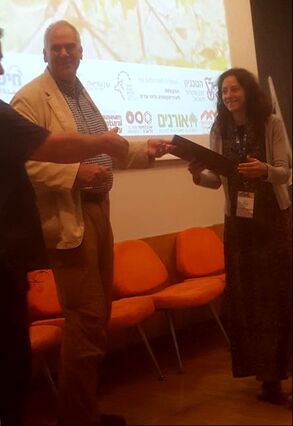 Hila Segre receiving the best 'People and Nature' lecture prize from Prof. Kevin Gaston Hila Segre receiving the best 'People and Nature' lecture prize from Prof. Kevin Gaston Upcoming events The ISCB will be co-hosting the upcoming Merav-Ziv symposium on the 29th of May in Midreshet Ben-Gurion. This year the symposium is dedicated to conservation philosophy and ethics. There are a few Student Conferences for Conservation Science (SCCS) happaning this summer, These are great opportunities to meet renowned plenary speakers, to attend career-enriching trainings, workshops and field trips and generally have fun!
MEDECOS is an international conference organised under the auspices of ISOMED, the International Society of Mediterranean Ecology. In 2020 (6-11 September), it will take place in South Africa’s , The theme of the meeting is: Partnerships for Global Change. Winners of prizes at the ICCS 2019 Best Lecture 1st place was given to Daniella Moller from the Ben-Gurion University who spoke about the effects of oil pollution on arthropods in Evrona Best lecture joint 2nd place was given to Gabriella Moller from the Ben-Gurion University who spoke about parasitoid responses to management regimes in vineyards. Yael Lenhardt from the Ben-Gurion University also received 2nd place prize for her talk about the consequences of noise pollution in the Adulam reserve. Best People and Nature talk prize was given to Hila Segre from the Technion who spoke about linking ecosystem assessments to stakeholders in the Carmel Best poster prize was given to Naama Arkin from the Volcani Center for her work on floral diversity, honeybee activity and pollination networks. 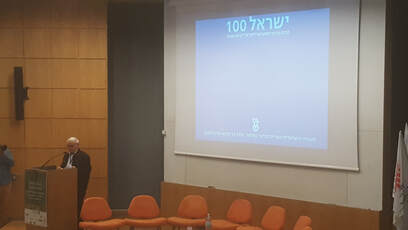 As an intrinsically multi- and interdisciplinary subject, conservation biology can greatly benefit by integrating the work of spatial and strategic planners and by encouraging conservation scientists to participate in planning processes. The 2nd meeting of the Israeli Chapter of the Society for Conservation Biology emphasized the importance of linking biological conservation with strategic planning by featuring a plenum panel discussion on “Israel 100 - Planning, Ecological Thresholds, and Biological Conservation.” Israel 100, a multi-disciplinary and multi-institutional initiative for strategic planning for Israel’s centennial (2048), was presented by Professor Shamay Assif of Technion’s Faculty of Architecture and Town Planning. Assif, as former head of planning at the Israeli Ministry of Interior and former chief engineer of Tel-Aviv (among other positions), has extensive experience in dealing with complex planning issues and has had tremendous influence on national and urban strategic planning in Israel – experience he now brings to his guiding work on Israel 100. Assif shared with the audience the process now taking place to analyze multiple trends and emerging societal needs in Israel, and integrate them into national strategic planning. Ofer Lerner, a professional planner, showed how the Technion is contributing its part to this national effort by identifying particular and crucial societal trends that will need to be addressed in Israel’s near future. Dr. Miri Tsalyuk, currently a post-doctoral fellow at Hebrew University shared her progress on defining ecological “red-lines”, work being conducted with Professors Eran Feitelson and Eli Stern and others. Following the presentations of representatives of the Israel 100 planning team, key figures in the conservation community in Israel were asked to respond, including Dr. Yehoshua Shkedy (Chief Scientist of the Israel Nature and Parks Authority), Professor. Tamar Dayan of Tel-Aviv University, Iris Hann (planner, lawyer and CEO of the Society for the Protection of Nature in Israel) and Professor. Alon Tal of Tel-Aviv University. The panelists challenged our capacity to safeguard biological conservation in Israel with a continuously growing human population. Indeed, as Prof. Assif suggested, Israel 100 needs to plan for building “a second Israel” in order to facilitate for the country’s growing demand for housing, infrastructure and economic development. “Red Lines” were also debated, including whether we can rely on strictly defined reserves and open spaces for long-term biodiversity conservation, or whether conservation must take place at all levels and under all types of land use regimes. The importance of ecological corridors was discussed, with an understanding that some of Israel’s designated corridors are in danger of closing due to encroaching construction and development. The conference keynote speakers, Prof. Kevin Gaston and Dr. Monika Böhm, provided concluding remarks, highlighting the need for clear and specific targets for conservation planning in Israel and urged that the state of biodiversity in the world and in Israel should be seen as in crisis. Importantly, the audience had a chance to see how biodiversity conservation was being discussed and integrated into the strategic planning process, and how they – as conservation scientists – can take a more pro-active role in assuring the prioritization of biodiversity conservation in developing strategic and spatial plans, despite the immense challenges that exist and will emerge in the near future. They suggested that protection of our natural assets must be a fundamental basis for, not an additional component of, the Israel 100 process, and that we – as conservation scientists – should take a more pro-active role in assuring the prioritization of biodiversity conservation in developing strategic and spatial plans, despite the immense challenges that exist and that will emerge in the near future. Prof. Daniel Orenstein Faculty of Architecture and Town Planning, Technion – Israel Institute of Technology |
News published regularly in the ISCB newsletter. Maintained by Leigh Kroeger and Uri Roll Archives
May 2019
Categories
All
|
Proudly powered by Weebly
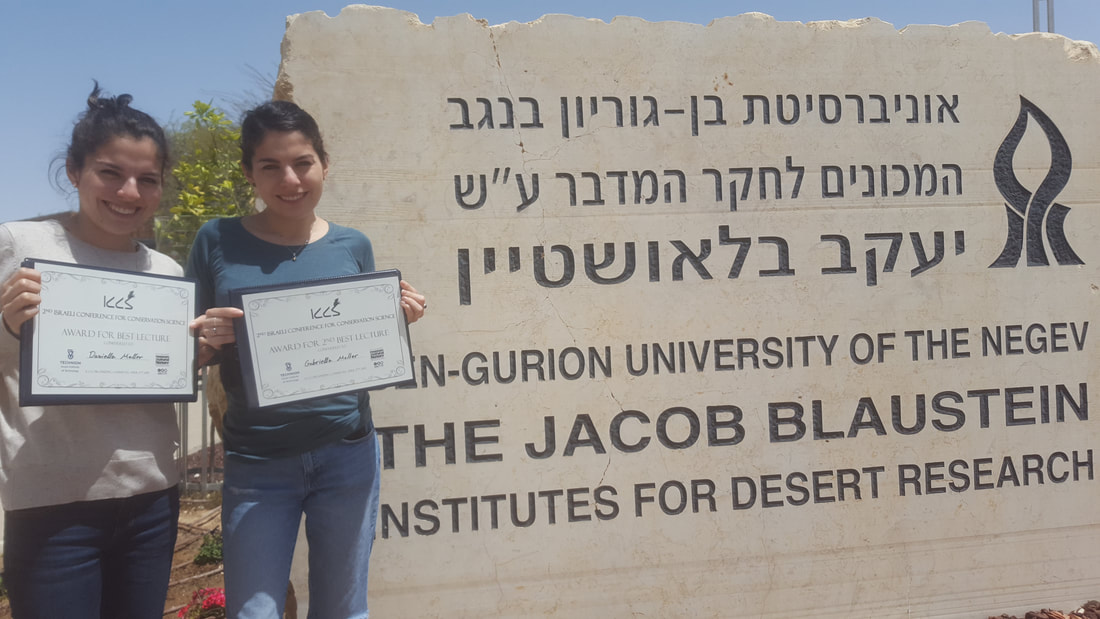
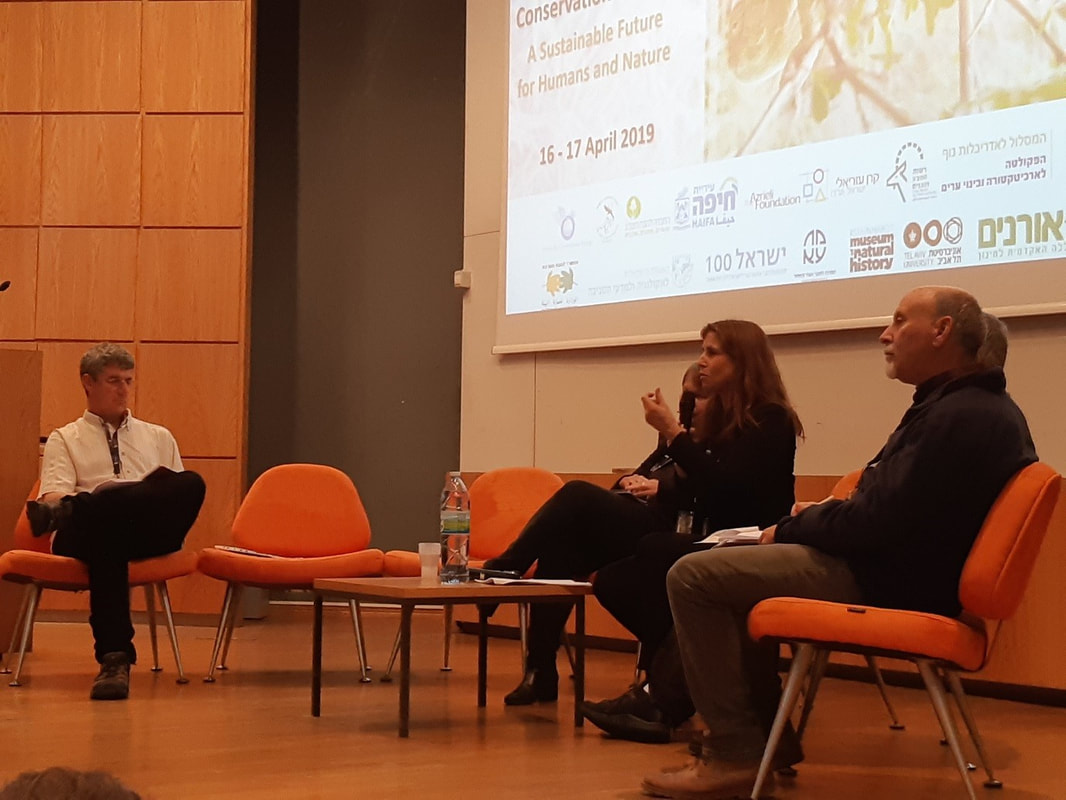
 RSS Feed
RSS Feed